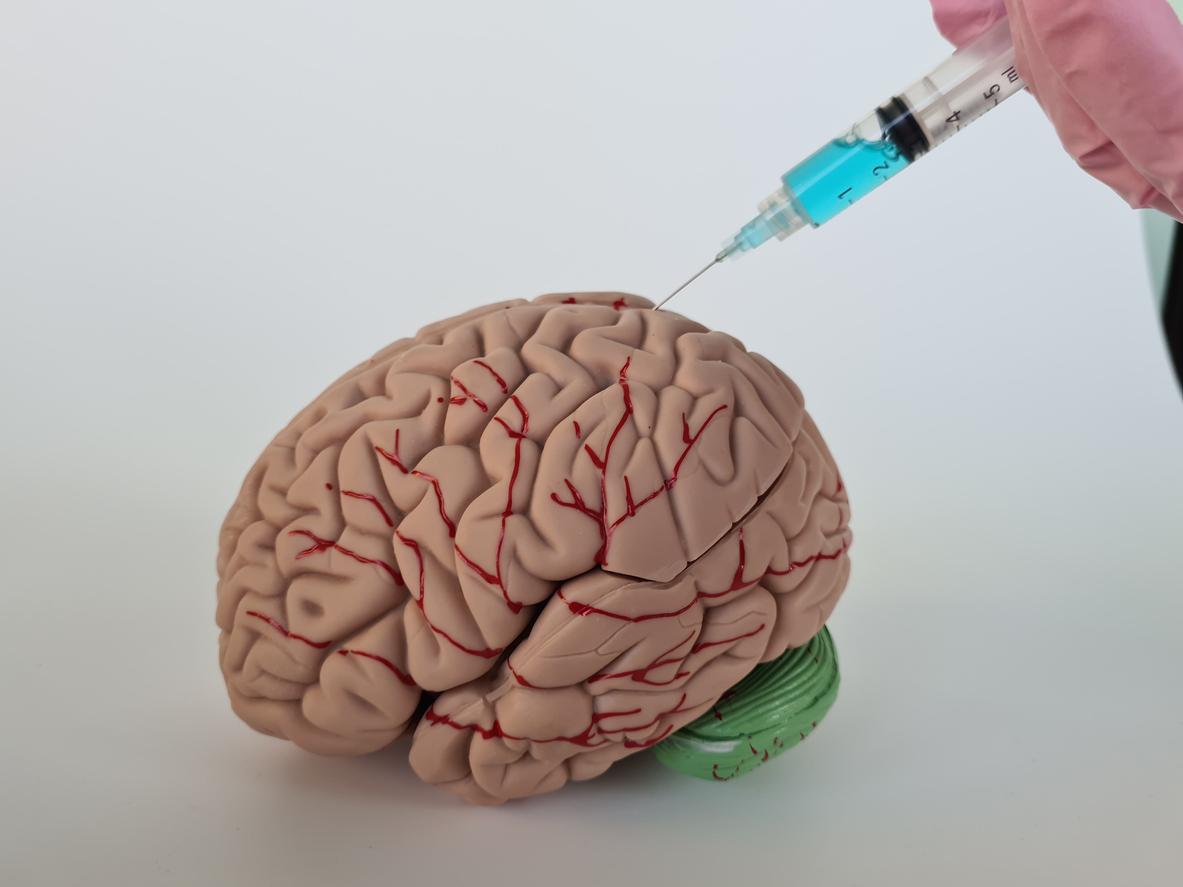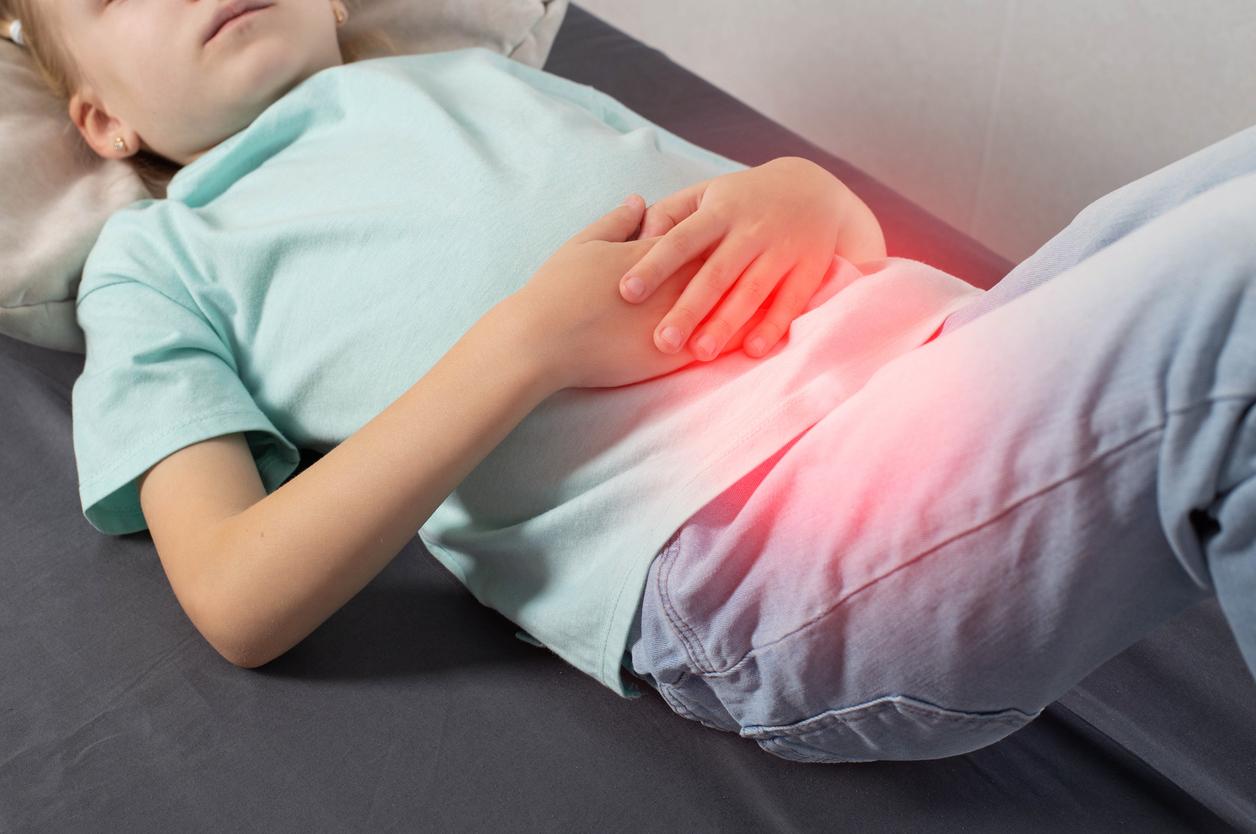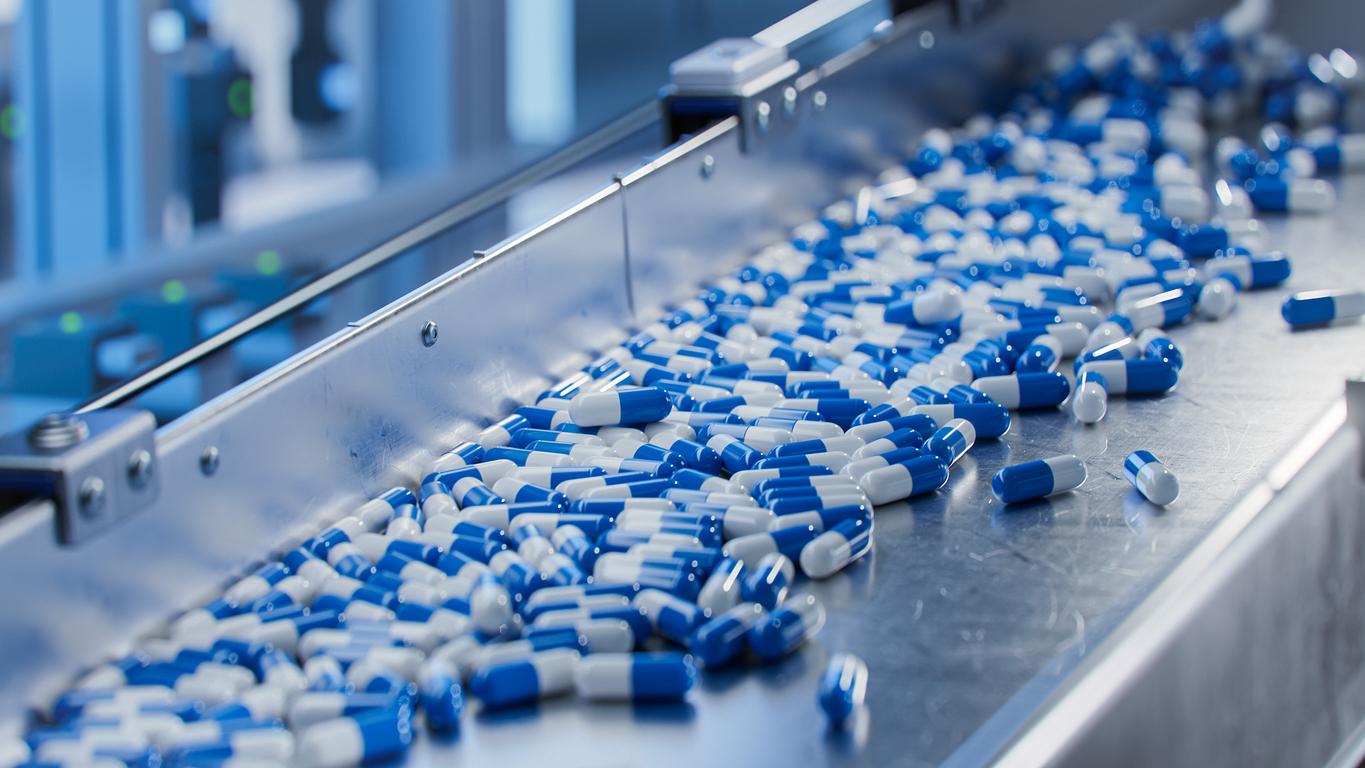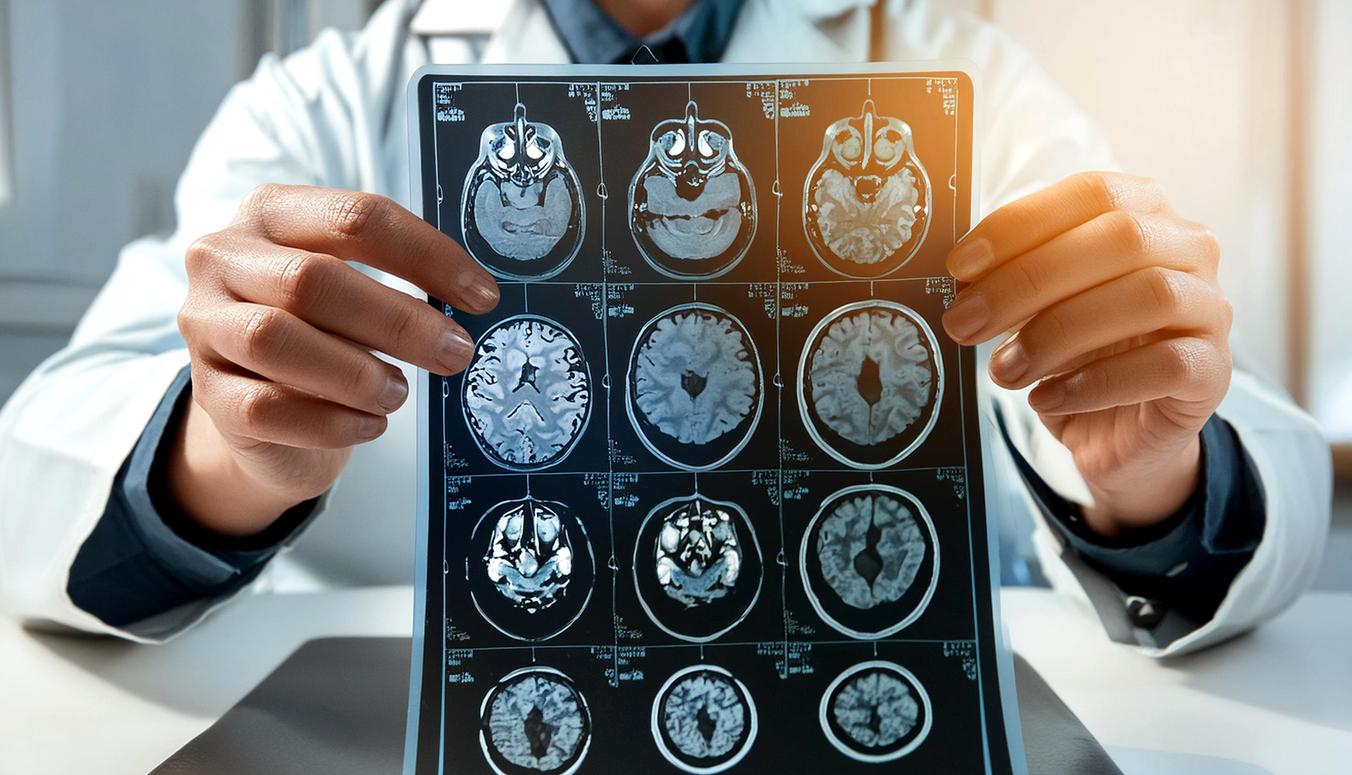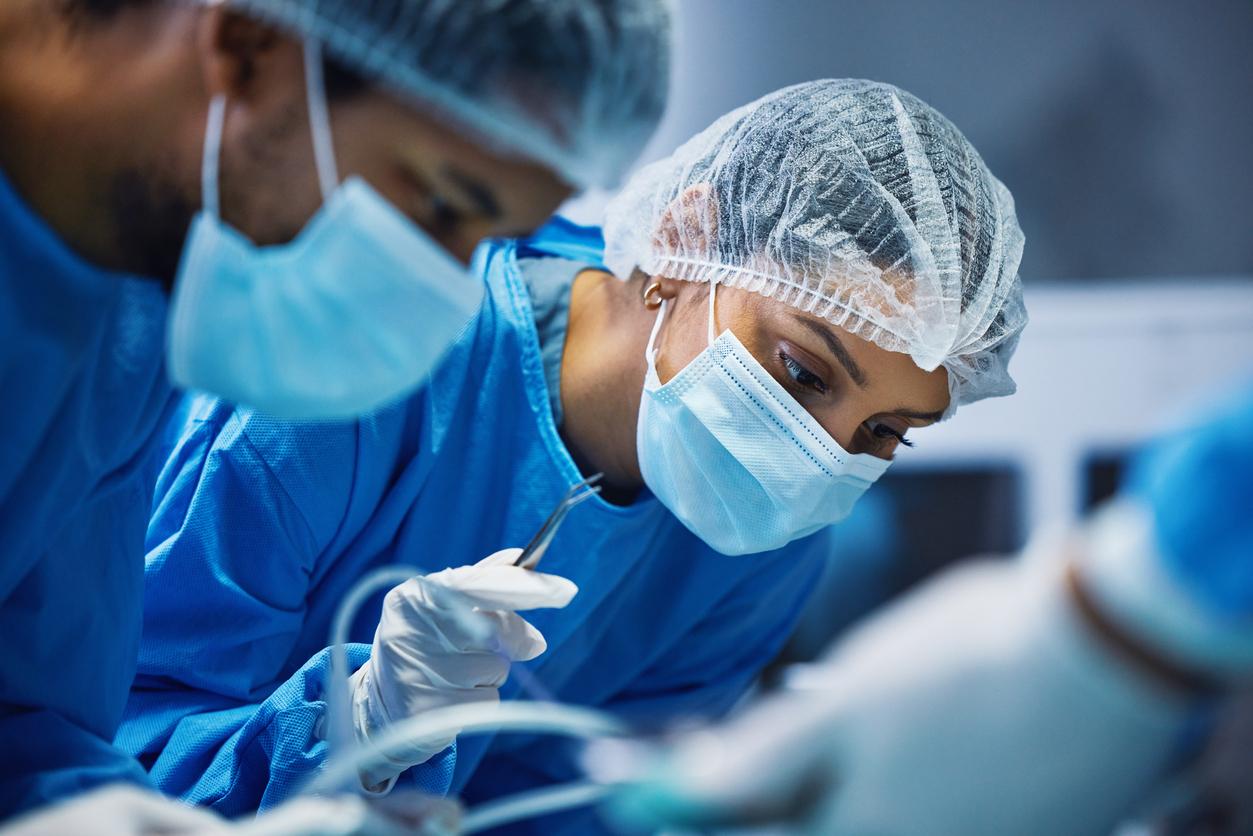The characteristic “breathing stops” of sleep apnea occur when the tongue and other soft tissues in the airways relax during sleep and obstruct the airways. The snorer may then wake up for a few seconds more than five times an hour, without even realizing it. As a result, fatigue but also increased risk of heart problems, stroke (stroke) … A recording of breathing during sleep makes it possible to make the diagnosis.
Continuous positive airway pressure (CPAP) ventilation
The snorer wears a mask at night connected to a device that sends him a constant pressure of air, in order to maintain the opening of the pharynx. These devices are quieter today.
Jaw surgery
When sleep apnea is related to an anatomical defect, an operation may be offered to advance the jawbones and the base of the tongue. However, this heavy surgical act involves risks (respiratory complications, bleeding, postoperative pain) and often requires orthodontic treatment beforehand.
Mandibular advancement orthosis
This device is used for isolated snoring (see left page). It may be a solution for people with moderate sleep apnea who cannot stand CPAP.
Stimulation of the tongue
The device includes an electrode in the neck, a neurostimulator under the collarbone and, depending on the model, another electrode on the thorax. With each respiratory cycle, it sends a gentle stimulation to the hypoglossal nerve located in the pharynx, which prevents the tongue from drooping and obstructing the airways.
How to choose the right nasal mask
The choice of mask is important for getting as normal a night’s sleep as possible. It is therefore advisable to try several.
You can choose a minimum contact mask, a nasal mask (which allows you to wear glasses before sleeping) or an oral mask. More aesthetic and more comfortable to roll over in bed, the Philips DreamWear mask (photo above) allows you to connect the tube connected to the machine on the head and not at the end of the nose.
How much does it cost ?
Six models of mandibular advancement orthoses (Narval, Somnodent, OHA, Tali, AMO, OPM4J) are accredited by the Haute Autorité de santé and 60% of which are covered by Medicare, at the rate of one device. every two years. Count from 250 to 339 €. The costs of consultation, casts, putting in the mouth, adjustments, follow-up, the fixed price of which can vary from 500 to 1000 €, remain chargeable.
The rental of the positive pressure device (72 € / month) is reimbursed at 60% by Social Security. The remainder is the responsibility of the patient and / or his complementary health insurance.








